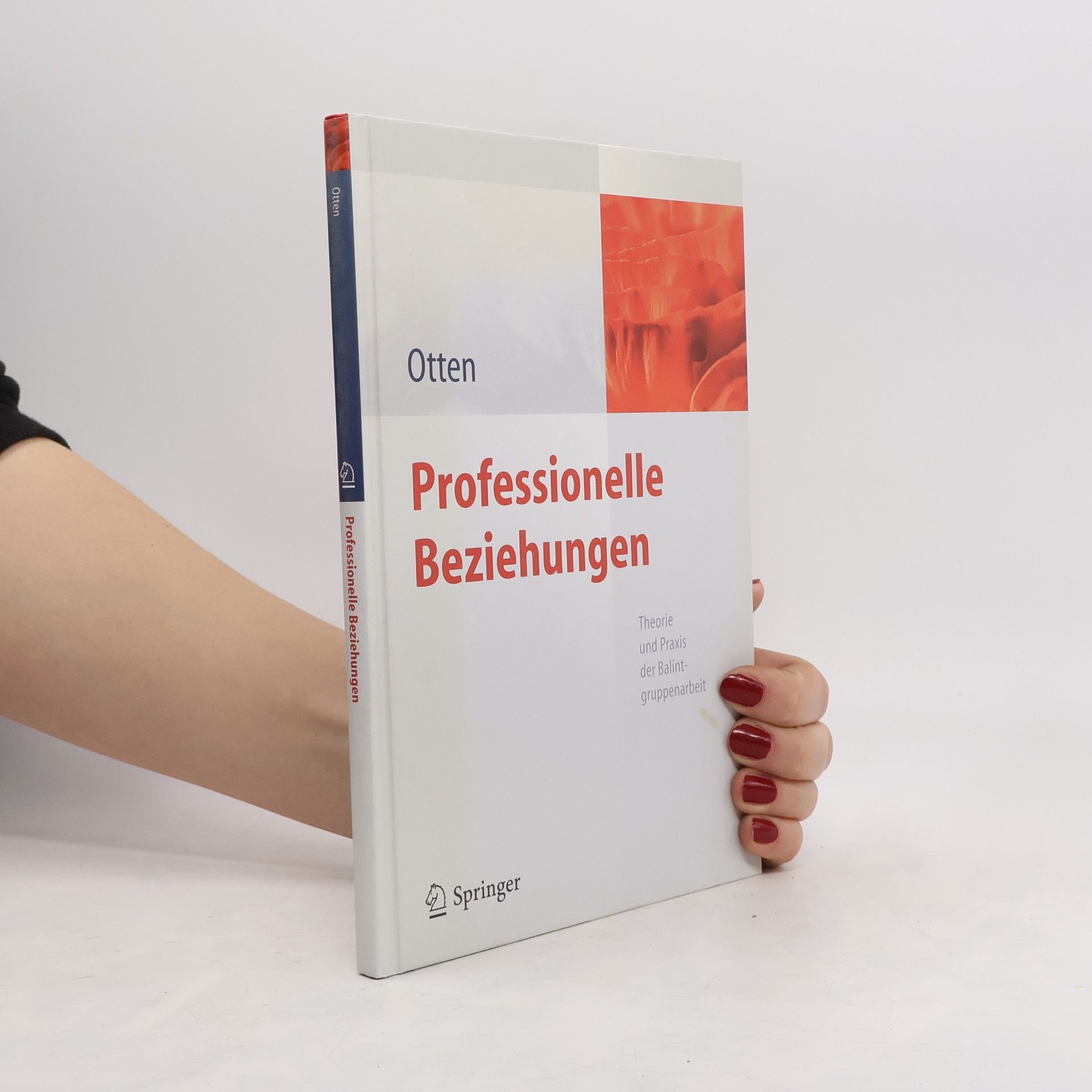Professionelle Beziehungen
Theorie und Praxis der Balintgruppenarbeit
Die Arbeitsmethode nach Balint fokussiert die Arzt-Patient-Beziehung und deren Störungen, die sich negativ auf Diagnose und Therapie auswirken können. In Balintgruppen haben Ärzte, Psychotherapeuten, Sozialarbeiter und mittlerweile auch Pädagogen, Pflegekräfte, Juristen und Seelsorger die Möglichkeit, strukturiert auszutauschen. Die Teilnahme an diesen Gruppen ist in der Facharzt-Weiterbildung verankert und für die Abrechnung der Psychosomatischen Grundversorgung erforderlich. Sie bieten eine wichtige Entlastung für Fachleute und kommen dem Wohl von Arzt/Psychotherapeut und Patient/Klient zugute. Das Buch beschreibt die Methode der Balintgruppenarbeit: Experten präsentieren ihre Begegnungen mit Patienten, während Gruppenmitglieder ihre Eindrücke, Gefühle und Phantasien dazu teilen. Dies führt zu einem komplexen Bild der Beziehung, das für den Präsentator nutzbar ist. Es wird erörtert, welche neuen Sichtweisen und Erkenntnisse möglich sind, sowie die Vorteile und Herausforderungen, die mit dieser Vorgehensweise verbunden sein können. Zudem wird behandelt, wie man Sicherheit in der Leitung von Balintgruppen erlangt und einen eigenen Stil entwickelt. Diese Methode eignet sich auch für erfahrene Fachleute als Einstieg in psychosomatisches Denken und Beziehungsanalyse. Das Buch richtet sich an Ärzte, Psychotherapeuten, Supervisoren, Pflegekräfte, Lehrer, Seelsorger, Juristen und interessierte Patienten.
